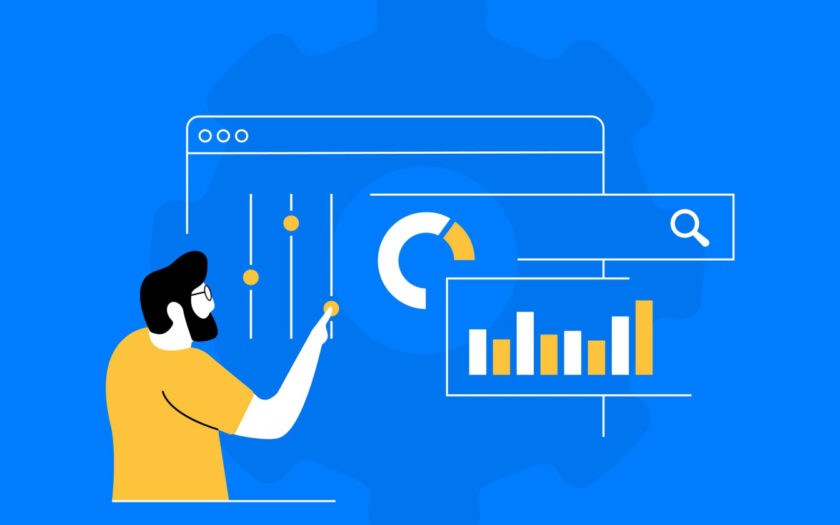How Can You Recover From A Core Update?
I want to be very clear about language here.
A core algorithm update didn’t “penalize” you for something. It’s not adding negative weights. It most likely just rewarded another site more than yours when it comes to relevance, authority, and quality signals.
Unlike a major named update that targets specific things, a core update may tweak the values of everything.
New sites could be considered for this query; old sites no longer considered. Many sites were probably updated. The user intent (click data) could have changed for this query, new entities could be deemed relevant to this query, the link graph could have changed, etc.
Data changes and the weights of factors have been re-ordered.
Because websites are weighted against other websites relevant to your query (engineers call this a corpus), the reason your site dropped could be entirely different than the reason somebody else’s increased or decreased in rankings.
To put it simply, Google isn’t telling you how to “recover” because it’s likely a different answer for every website and query.
Maybe you were killing it with internal anchor text and doing a great job of formatting content to match user intent – and Google shifted the weights so that content formatting was slightly higher and internal anchor text was slightly lower.
(Again, hypothetical examples here.)
In reality, it was probably several minor tweaks that, when combined, tipped the scales slightly in favor of one site or another (think of our reordered list here).
Finding that “something else” that is helping your competitors isn’t easy – but it’s what provides SEO pros with some job security.
What about AI?
It’s worth pointing out that core updates do affect Google’s AI overviews and citations – as those things are powered by search.
Next Steps And Action Items
Rankings are down after a core update – now what?
First step: Figure out if there are any patterns in the pages that dropped. Were they all the same template? Same intent? Same private blog network of paid links? (Just kidding).
Google is good at patterns; we should be good at spotting them, too.
Your next step is to gather intel on the pages that are ranking where your site used to be.
Conduct a search engine results page (SERP) analysis to find positive correlations between pages that are ranking higher for queries where your site is now lower.
Try not to overanalyze the minute technical details, such as how fast each page loads or its core web vitals scores. These are very minor tiebreaker factors.
Pay attention to the content itself. As you go through it, ask yourself questions like:
Does it provide a better answer to the query than your article?
Does the content contain more recent data and current stats than yours?
What’s the information gain of this page compared to the others that rank? Does it just say the same stuff or does it offer more?
What is the intent of the user doing this query? Does this help them accomplish that better?
Google aims to serve content that provides the best and most complete answers to searchers’ queries. Relevance is the one ranking factor that will always win out over all others.
Take an honest look at your content to see if it’s as relevant today as it was prior to the core algorithm update.
From there, you’ll have an idea of what needs improvement.
The best advice for conquering core updates? Keep focusing on:
Finally, don’t stop improving your site once you reach position 1 because the site in position 2 will not stop.
Yeah, I know – it’s not the answer anybody wants, and it sounds like Google propaganda, but it’s just the reality of what a core update is.
Nobody said SEO was easy.
More resources:
Featured Image: BestForBest/Shutterstock
